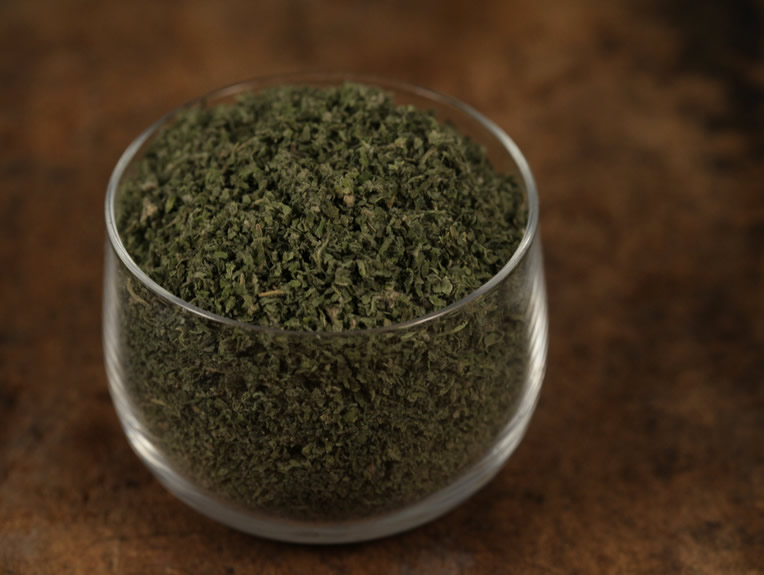HOW TO DRY FRESH MINT – PRESERVE AROMA FOR YEAR-ROUND USE
Is it worth using dried herbs? Usually, fresh herbs are preferred for their vibrant aroma, but some dried herbs like oregano, thyme, dill, marjoram, bay leaves, and mint have their own pleasant, distinct flavors when dried. These are great staples to keep at home.
Dried herbs cannot fully substitute fresh ones, but dried mint is excellent in marinades, winter lentil soups with croutons, Turkish-style flavored oils, or as an addition to homemade spice blends. When using dried herbs in dressings or marinades, gently rub them between your palms to release their aroma before adding.
Let’s learn how to dry mint!
🥄 Ingredients
- Fresh mint leaves
👩🍳 Instructions
- 💧 Wash fresh mint thoroughly and dry completely. Remove leaves from stems.
- 🌿 Spread leaves evenly on a clean cloth or parchment paper placed on a flat surface like a balcony table or oven trays. Avoid overlapping leaves.
- ☀️ Place in a warm, well-ventilated area, protected from direct sunlight to preserve color and aroma (e.g., a closed balcony with curtains drawn).
- ⏳ Leave to dry for 3–5 days, depending on temperature, humidity, and leaf spacing. Leaves are ready when crisp and crumble easily between fingers.
- 🏺 Store dried leaves whole in airtight jars or cloth bags, or grind to powder using a coffee grinder or food processor.
- 🔄 For a finer powder, sift ground mint through a fine mesh sieve.
💡 Tips
- Rubbing dried mint before use helps release flavor.
- Use dried mint in winter soups, marinades, or flavored oils.
- Avoid drying in direct sunlight to keep vibrant color and taste.
🎉 Perfect For
- Preserving fresh mint for year-round use
- Flavoring Mediterranean and Middle Eastern dishes
- Homemade spice blends and herbal teas
📝 Final Thoughts
Drying mint at home is simple and lets you enjoy its unique aroma throughout the year. Proper drying and storage preserve its flavor, making it a versatile herb in your kitchen arsenal.


